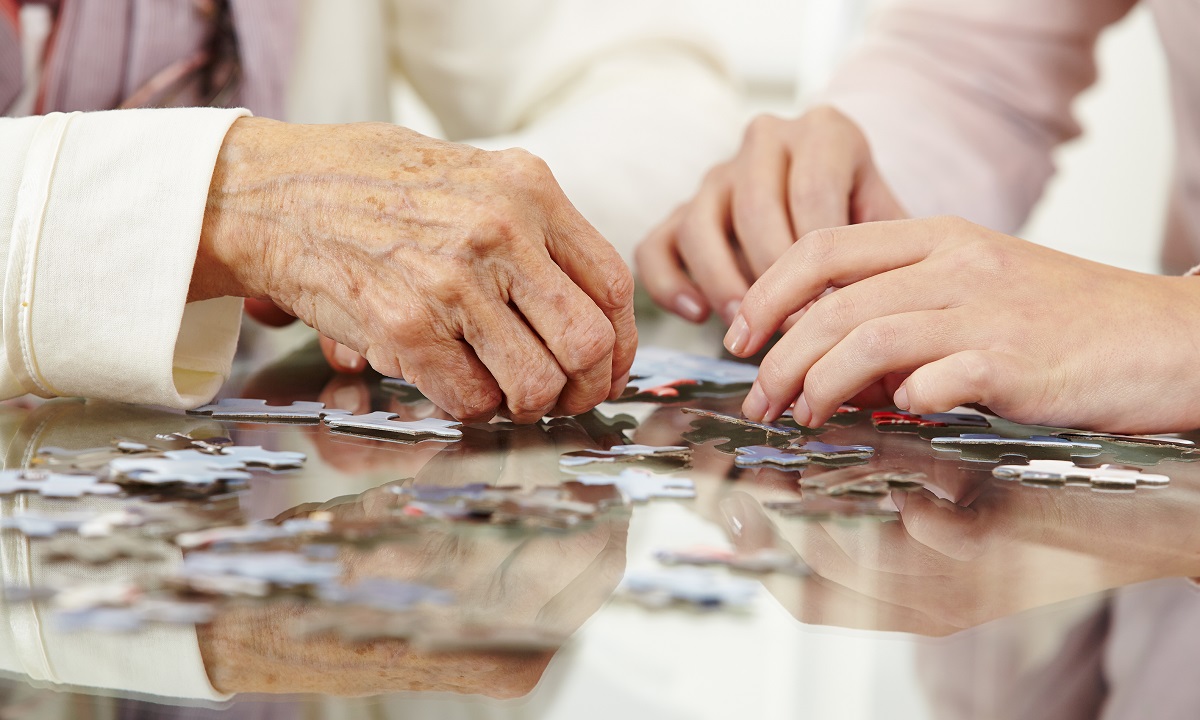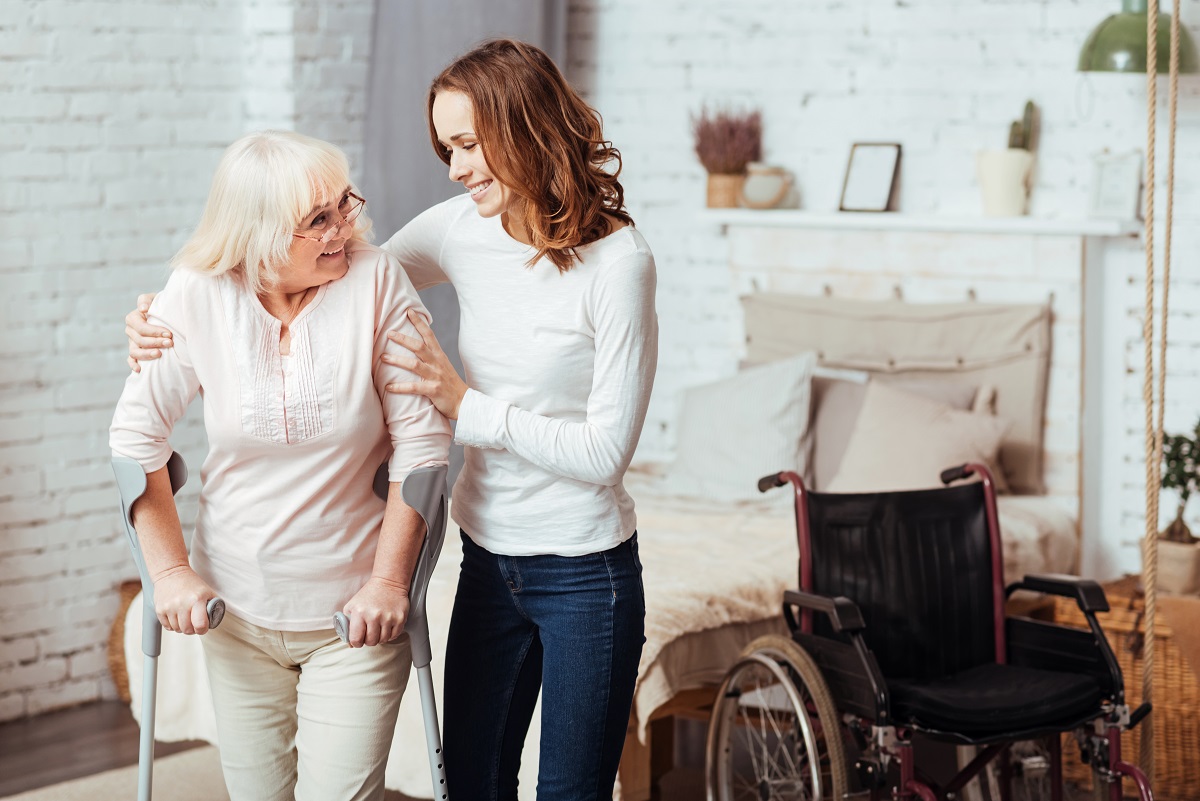Last Saturday, 20th October 2018, was World Osteoporosis Day
Publicity surrounding the various awareness raising events that were held on this day prompted me to explore the National Osteoporosis Society website and to learn more about this condition.
Osteoporosis affects more than 3 million people in the UK and causes around 500,000 broken bones every year – that’s one every minute!
Osteoporosis is a condition in which bones lose their strength and are more likely to break. The most common bones to break are in the wrists, hips and spine. Osteoporosis itself isn’t painful, but the broken bones it causes can lead to extreme pain. Spinal compression fractures can also cause loss of height, curvature of the spine, a change in body shape and on-going chronic back pain, which in turn, can lead to other health problems, such as breathing difficulties, and reduced mobility. Hip fractures can result in loss of independence or reduced health and wellbeing. These long-term difficulties can have a significant impact on quality of life.
Age is a risk factor for osteoporosis. Bone loss increases in later life: by the age of 75 years, about half of the UK population will have signs of osteoporosis, as measured on a bone density scan. As we grow older, our bones become more fragile and are generally more likely to break. This is partly because of reduced bone strength, but also the result of an increased risk of falling as we get older.
Age is a risk factor for dementia too: 20% of people aged over 80 years have a form of dementia and 1 in 3 people aged 65 years today will go on to develop dementia later in life (Alzheimer’s Society).
It stands to reason, therefore, that many older people will have both conditions.
The overlay of dementia makes dealing with any co-existing condition more difficult. People with dementia cannot always communicate that they are in pain, and therefore treatment of symptoms to reduce pain is often delayed or overlooked.
Lewy Body Dementia especially, and some other types of dementia that affect visuo-spatial capability, cause problems with balance and gait and lead to an increased risk of falling. This can be particularly problematic for people who also have osteoporosis. A fall can have a catastrophic effect if the person with dementia breaks a hip or vertebrae, which will inevitably precipitate a hospital admission.
People with dementia might not be able to comprehend and act upon advice to reduce risks. Health promotion interventions invariably fall to family carers. A co-existing diagnosis of osteoporosis, or any other condition, adds to the demanding raft of carers’ responsibilities.
My husband had severe osteoporosis, resulting from his cancer condition, or the treatment he was given, or both – the cause was never actually established. I wish, at the time, that I had researched osteoporosis more thoroughly and asked for professional advice about how to manage the symptoms. His vertebrae fractured, and he experienced chronic pain and mobility difficulties. His quality of life was seriously impacted.
Further information about osteoporosis can be found on the National Osteoporosis Society website. Or call their helpline on 0808 800 0035.
If you care for a relative with dementia who also has another condition, and are willing to share your story, please get in touch with me at barbara@liftedcare.com.
SHARE
Explore more



